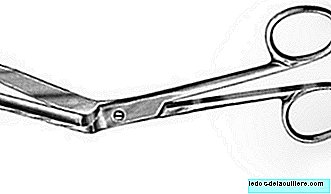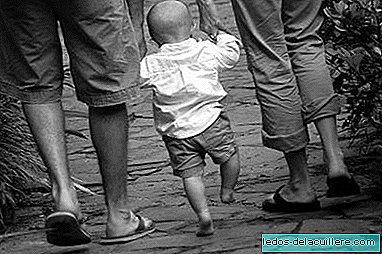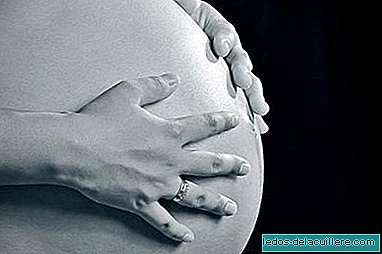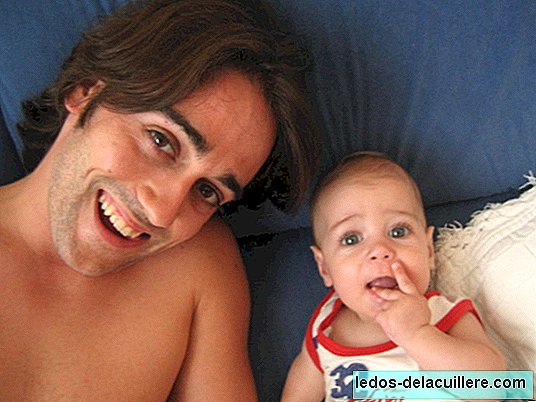
Let's start by defining what is the episiotomy, a word something difficult to pronounce but very easy to remember when you have suffered it in your own flesh.
Is a surgical incision in the perineum (or perineum) female, specifically in the part that is between the vagina and the anus, which is performed at the time of delivery to enlarge the vaginal opening and allow the baby's head to exit.
It is done with scissors or scalpel just when the baby's head is about to crown. There are two ways to make the cut: a midline down or a mediolateral angled incision, which is the least risk of damage involves the anal sphincter and rectum, but it is also said that it takes longer to heal. Once the birth has occurred, the doctor makes some stitches to close the opening.
Episiotomy is a fairly frequent obstetric practice, especially in the case of first-time mothers, but its use is very controversial.
Those who defend it argue that the injury of a tear is worse than the clean cut of the episiotomy and that with the incision the phase of expulsion of the baby is shortened. Against there are many more things.

Episiotomy is a very common practice.
From many sectors the episiotomy as a routine medical practice that is not necessary, beneficial, or justified. And also, it is done without the consent of the mother. Even a campaign has been launched to eradicate it as a routine practice. But the truth is that its use is widespread in some countries, making many women believe that keeping their entire genitals during childbirth is merely a matter of luck.
It is usually thought that it is a short of nothing, harmless, but the episiotomy has its risks and consequences in the short and long term. As for the risks are excessive bleeding, the risk of infections and complications in the healing process. The short-term sequelae are swelling and pain in the area during postpartum. There are women, among whom I find, who consider that the scar of the episiotomy is a thousand times more painful than the delivery itself, is much worse after than during the delivery. Let's not even talk when we want to sit or have to go to the bathroom the first few days. It is very annoying and interferes to carry out a normal life, to breastfeed the baby, when we want to catch or change it.
But not only brings problems for that but also to restart sexual relations and in some cases even serious problems of incontinence. In addition, having a previous episiotomy increases the risk of tearing in the next delivery. I can confirm this from my own experience, but I prefer a dot for a tear than an episiotomy scar, and that mine has been small.
One of the most frequent answers to why episiotomy is "Because a tear is worse", but not all women necessarily suffer a tear during childbirth. It is not one or the other. And in the case of suffering, the injury of a tear is less deep than that of an incision, so it usually heals faster.
Since research is showing that its risks are greater than its benefits, I believe (and I hope) that episiotomy is a practice that will eventually cease to be used, or at least cease to be performed indiscriminately as it is now. There will be cases in which it will be justified to perform it to accelerate the exit of the baby as if fetal distress occurs, but it seems illogical that it is performed as if it were an obligatory part of the process in a normal delivery.
Of course, the woman has the right to express in writing in her Delivery Plan that she will be presented at the hospital before giving birth that she does not want her episiotomy to be performed.
Should an episiotomy always be performed?
We have talked in the blog of certain techniques to perform during pregnancy that can improve the elasticity of the perineum to favor the process of childbirth and avoid, or at least reduce, the chances of an episiotomy. These are perineal massage, spheodynamic exercises and Kegel exercises, as well as other resources such as pre and postpartum exercisers that help strengthen the area.
There is also another very important factor that affects the non-realization of episiotomy That is the labor position. The vertical posture means that the pressure exerted by the baby's weight on the perineum favors the baby's exit, reducing the need to make any cuts. There are studies that have been dedicated to demonstrate that significantly more episiotomies are performed in deliveries in lithotomy (lying position) than in any other position during expulsion.












